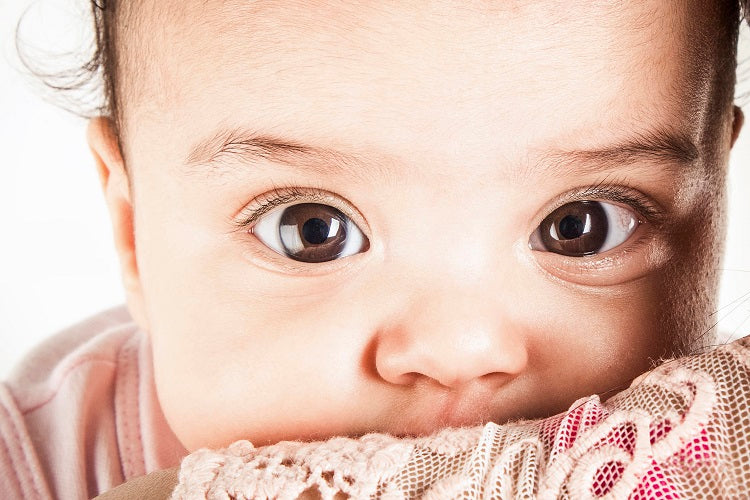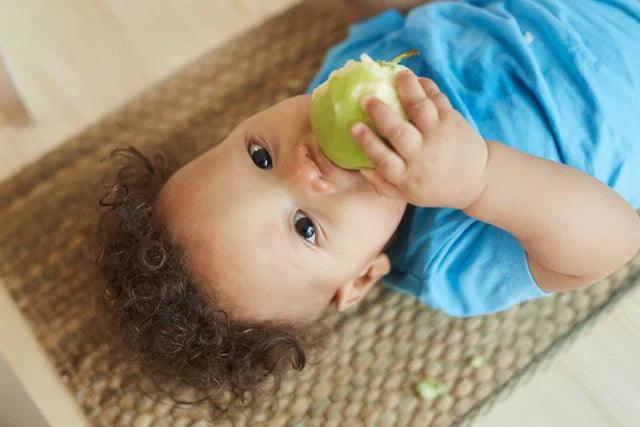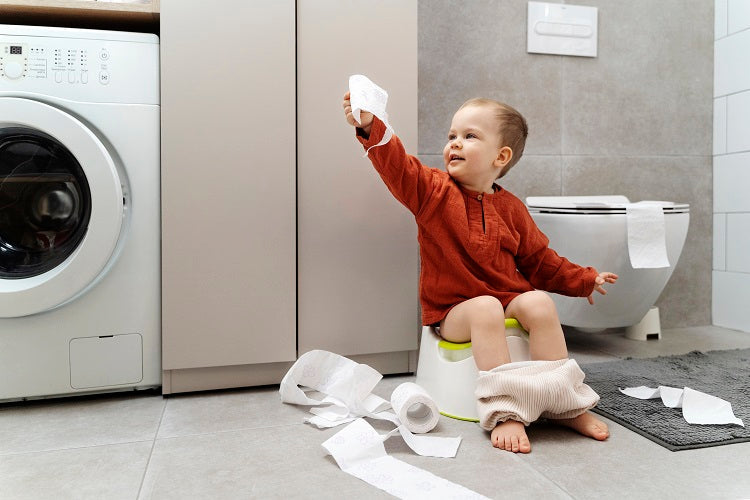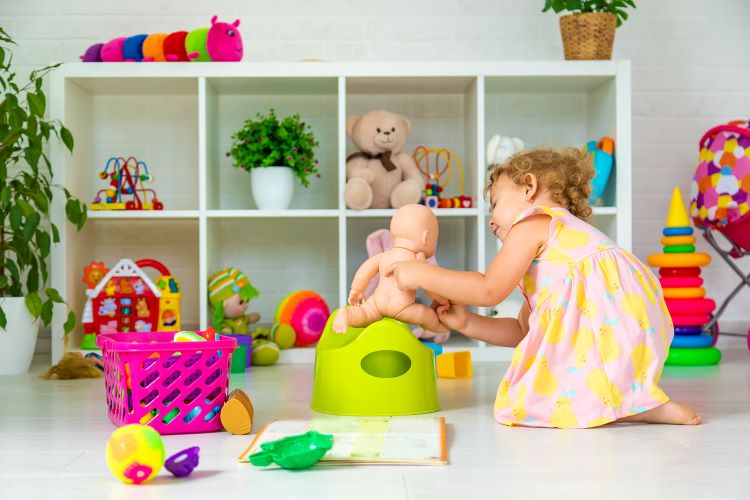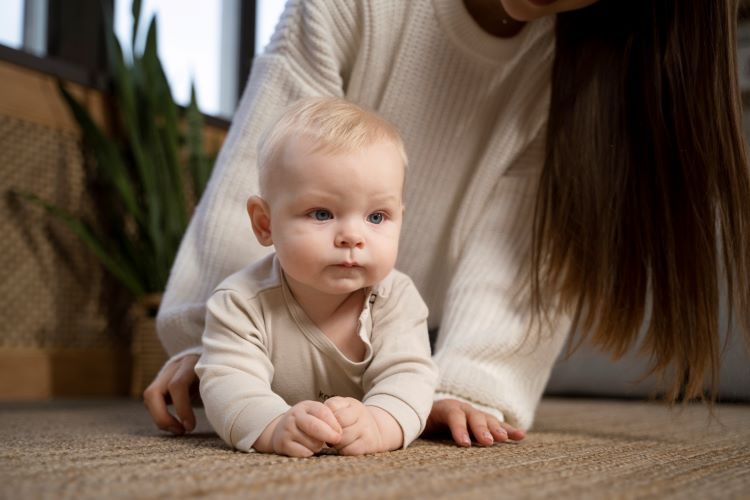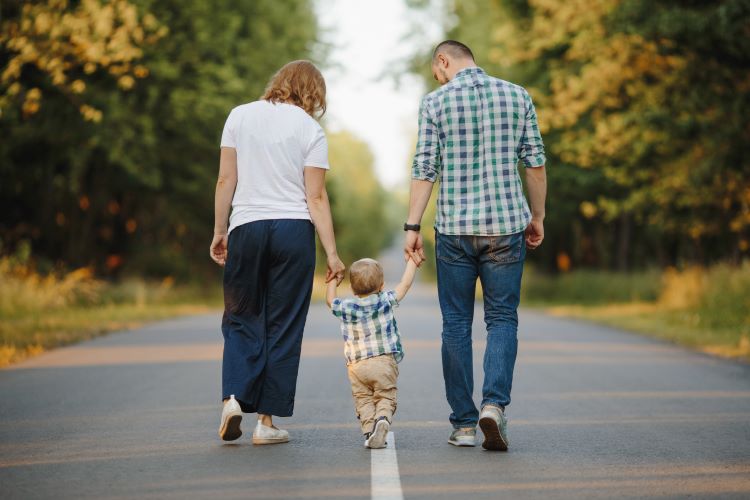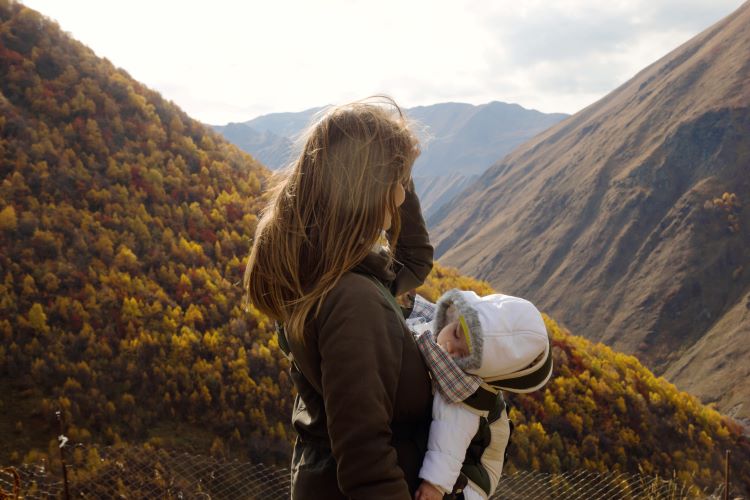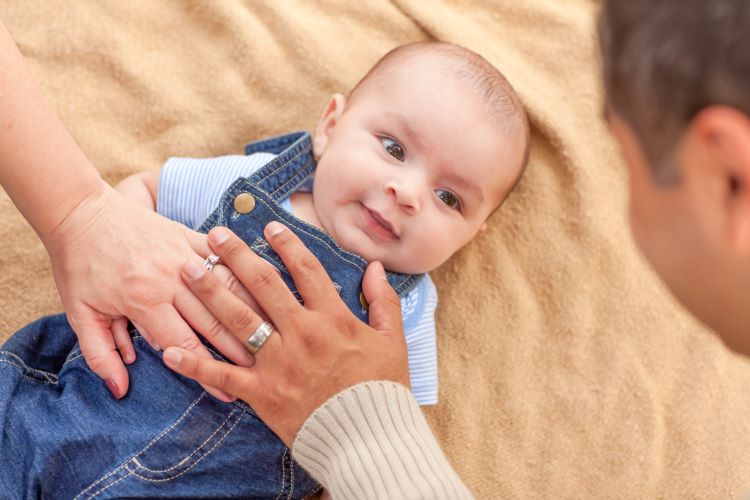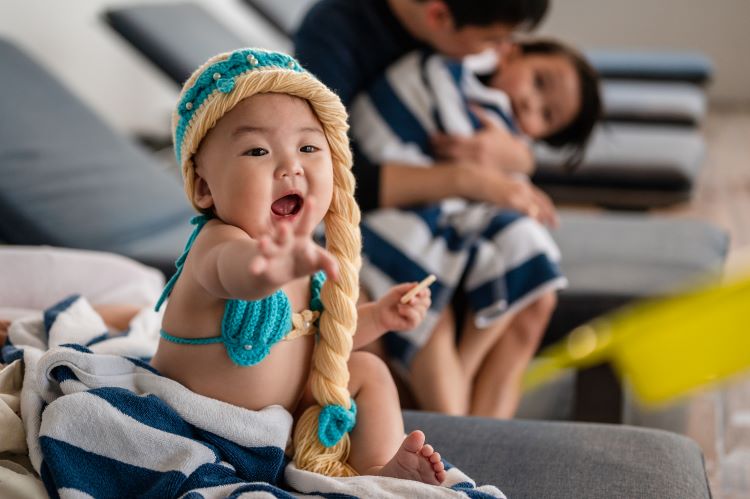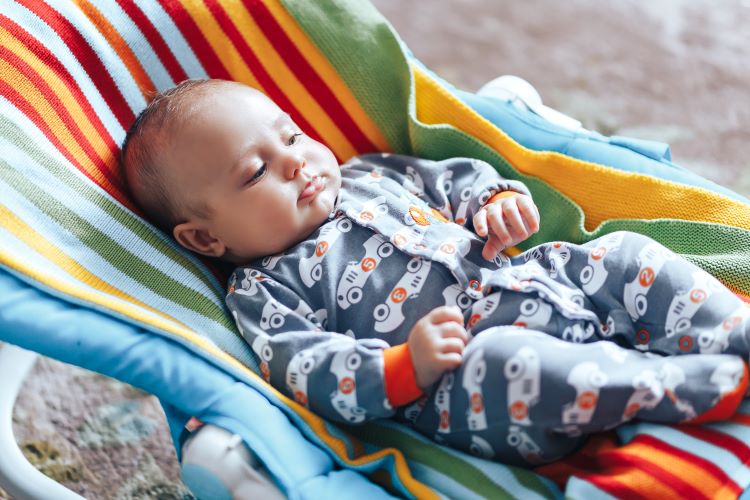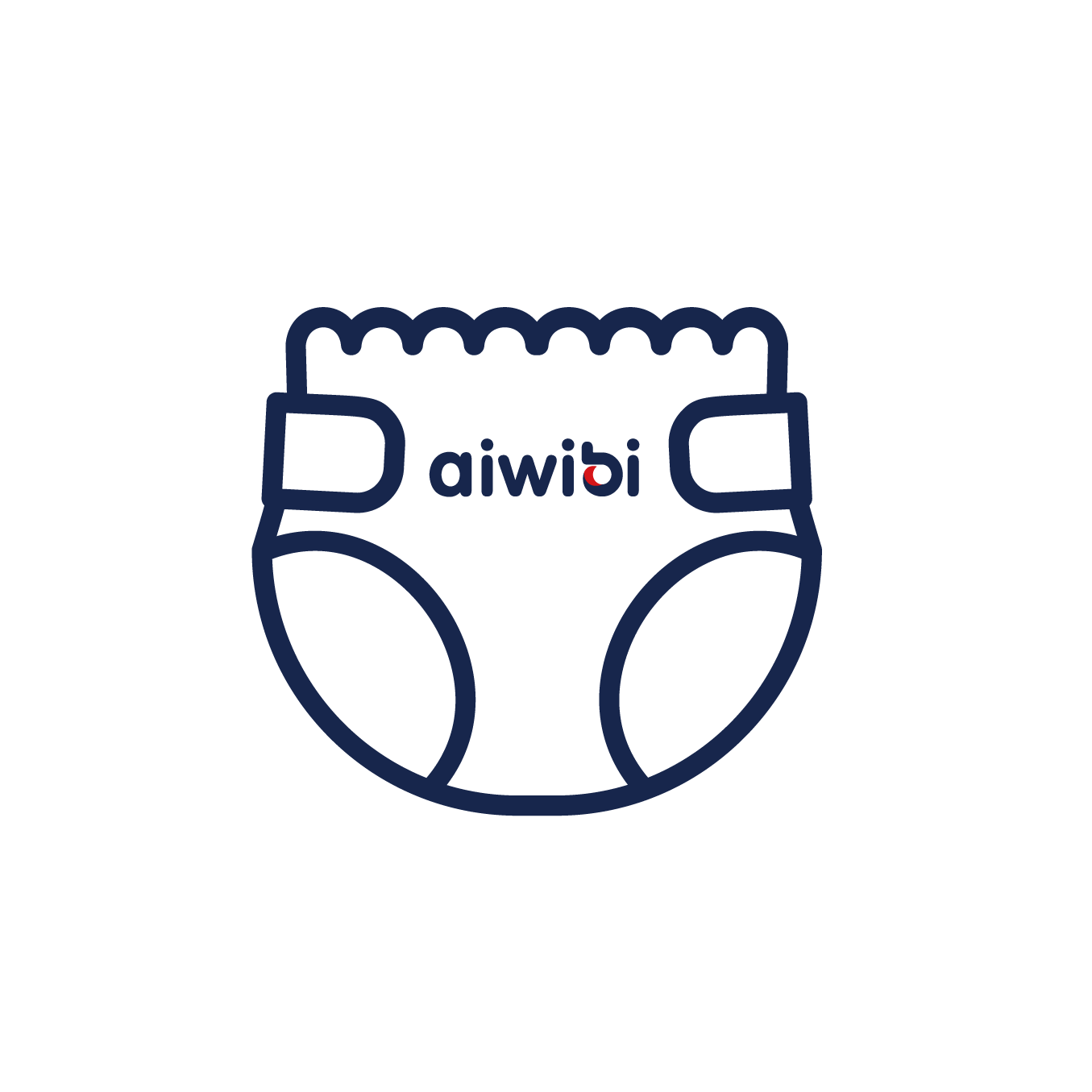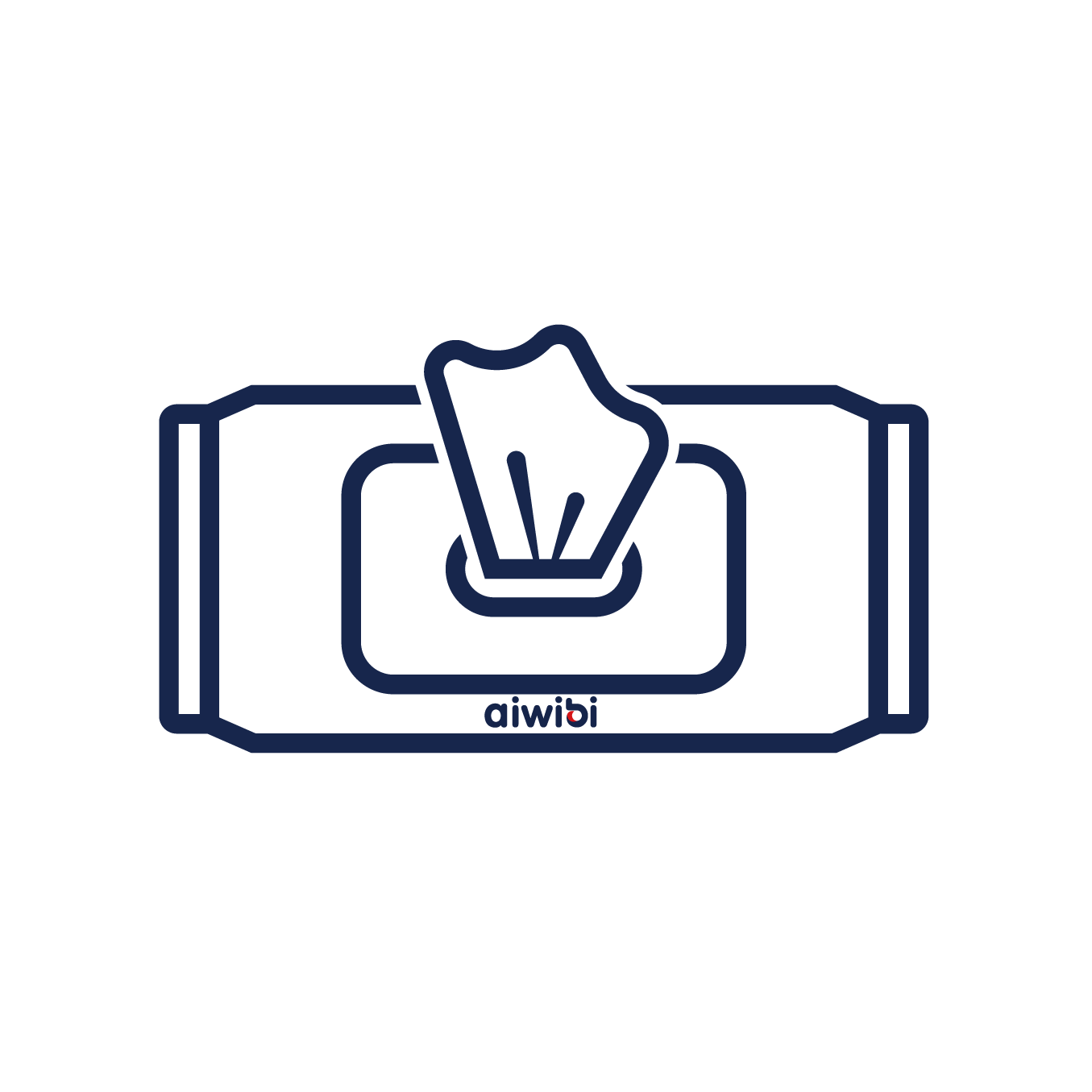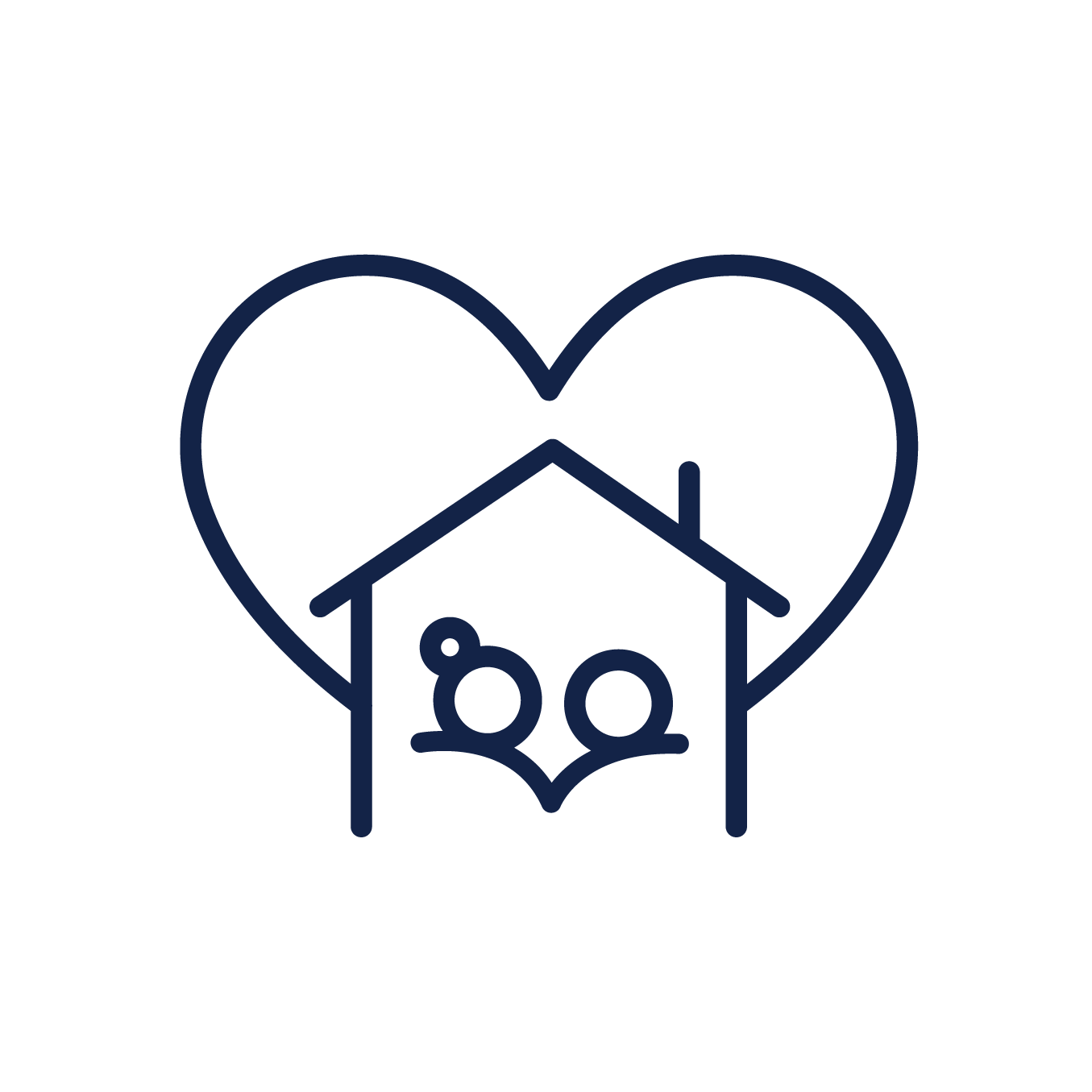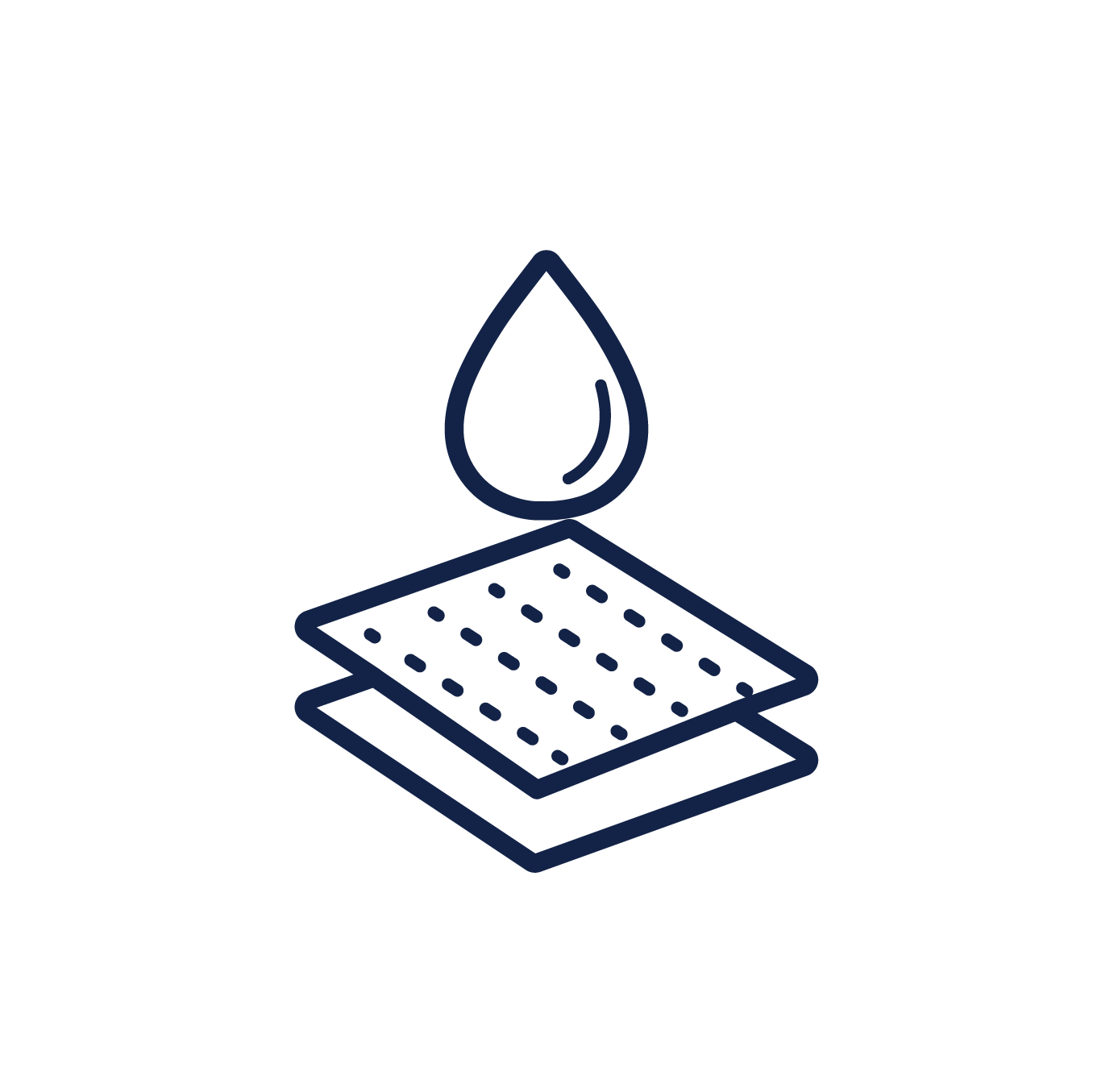From the moment your baby is born, their senses are already working to take in the world around them. But vision? Well, that’s a slow-blooming process! While babies don’t arrive with perfect sight, they’re steadily developing the ability to see and make sense of the world. Let’s break down the major milestones of your baby’s vision development, from the first glimmers of light to the moment they start recognizing your face!
1. Can Babies See Light in the Womb?
It might surprise you, but yes, babies can sense light while they’re still in the womb. Around 26 to 28 weeks of pregnancy, the developing baby’s eyes are able to detect light, though the experience is nothing like what you or I see. The light is likely diffused through the mother’s belly and the amniotic fluid, so the baby likely perceives shadows or changes in light intensity rather than clear images. Still, it’s the first taste of sight in their journey!
2. When Do Babies Get 100% Vision?
While babies are born with functional eyes, their vision is far from fully developed. Newborns are born with a limited ability to focus and are essentially nearsighted, which means they can only see objects 8-12 inches away—just enough to focus on your face when you hold them. Over the first few months, their vision improves, and by 6 months, most babies can see much more clearly. But, it’s not until they’re around 2 years old that their vision reaches near-adult levels, with color vision and depth perception improving continuously.
3. How Far Can a Baby See at Different Ages?
At 1 Month:
A one-month-old’s vision is still very blurry, and they can only focus on objects about 8-12 inches away—perfect for gazing up at your face as you cradle them. At this stage, babies are still mostly sensitive to light and dark contrasts, rather than sharp details.
At 2 Months:
At this age, babies can focus on objects a little farther away, typically about 12-18 inches. While they still struggle with focusing on things in the distance, they’ll start tracking moving objects with their eyes, especially if it’s something that contrasts well with its background (like a black-and-white toy).
At 3 Months:
At three months, your baby can see a bit farther, now able to focus on objects up to about 18-24 inches away. They’re also getting better at following objects with their eyes and will start to show more interest in things within their line of sight, such as colorful toys or faces.
At 4 Months:
By four months, babies can see objects clearly up to 2-3 feet away, and their depth perception is improving. They’re starting to become more aware of their environment and may even show signs of recognizing familiar faces, especially yours.
At 5 Months:
At 5 months old, babies can see objects and people more clearly than they could at birth, but their vision is still developing. By this age, babies can typically see objects about 8 to 12 inches away, which is the distance between their eyes and the caregiver’s face during feeding or interaction. They can also track moving objects with their eyes and start to distinguish colors, particularly red and green. However, they still have a bit of trouble with depth perception and might not be able to focus on distant objects as well as adults can.
Their vision will continue to improve in the coming months, becoming sharper and more focused.
4. When Can Babies See Faces?
It’s one of the most magical moments for parents—when your baby first recognizes you! While babies can’t see faces clearly right at birth, they’re very much drawn to them. Around 2 months, babies start showing signs of facial recognition, and by 3 months, they can usually distinguish between familiar faces (like yours) and strangers.
5. Can My 3-Month-Old See Me?
Yes! By 3 months, your baby can clearly see you and is starting to recognize your face. They may smile at you or show excitement when they see you, especially if they associate you with comfort, food, or cuddles.
6. When Do Babies Get Their Eye Color?
Baby eye color is determined by genetics, but it doesn’t settle right away! Most babies are born with gray or blue eyes that will gradually darken or change in the first year. At around 6 months, you’ll get a pretty good idea of what their permanent eye color will be, though it can take up to 3 years for the full color to settle.
7. What is the First Color a Baby Sees?
Newborns see the world in shades of black, white, and gray for the first couple of months because their color receptors (cones) haven’t fully developed yet. As their vision improves, around 3 to 4 months, babies begin to see red first. This is the first color that most babies respond to, followed by yellow, green, and eventually blue.
8.Caring for Your Baby’s Eyesight
As your baby’s vision develops, it’s important to keep their eyes and overall health in mind. Here are a few tips to ensure their eyesight progresses smoothly:
Use high-contrast visuals: Newborns are drawn to strong contrasts (think black-and-white patterns) because their color vision is underdeveloped. Try showing them high-contrast toys and cards in the early months.
Limit screen time: While babies might not be able to focus on screens yet, as they grow older, limiting screen time is important for their overall eye health and development.
Routine check-ups: Regular pediatric check-ups are essential to monitor your baby’s vision development and catch any issues early.
Provide plenty of face-to-face time: Babies are naturally attracted to faces and voice recognition. Talk to your baby, make eye contact, and encourage them to gaze at your face—it’s excellent for bonding and visual stimulation.
Conclusion
Your baby’s visual development is a gradual process, with plenty of milestones to look forward to! From the initial blurry world to the first moment they can recognize your face, every stage is a step toward clearer sight and more interaction with their environment. Enjoy each phase as they explore the world in new ways, and rest assured that their vision is improving every day!

